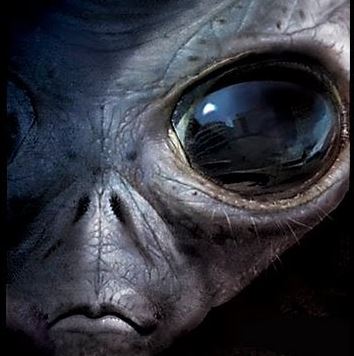The Voyager 1 spacecraft, that left Earth on 5th September, 1977, has now left our solar system and entered interstellar space. This is our last chance to send a message to aliens via the spacecraft, explaining how our society has changed over the past 38 years.
What is interstellar space? According to NASA, scientists say the beginning of interstellar space is the place where the sun’s constant flow of material and magnetic field stops influencing its surroundings, i.e. the heliopause. It marks the end of a region created by our Sun that is called the heliosphere.
Voyager 1 has just left our heliosphere – the first spacecraft from Earth ever to enter interstellar space. In a few years, Voyager 1 will lose power and we will not be able to communicate with it any more.
 Voyager 1 is now in interstellar space. (Image: voyager.jpl.nasa.gov)
Voyager 1 is now in interstellar space. (Image: voyager.jpl.nasa.gov)
Facebook has started a Voyager’s Final Message campaign to record one last message before the spacecraft shuts down.
The campaigners suggested we could send the following message:
“Over 40 years after leaving Earth this spacecraft named Voyager had broken into interstellar space, 20 billion kilometers from its home planet, & was still powered & collecting useful data.”
“During this time our society had changed significantly, its population doubling to over 7 billion, & the challenges of living sustainably & peacefully together had grown more urgent.”
“Our technologies had also become increasingly digital, raising our computing capability, pushing the frontiers of our knowledge faster & accelerating our development as a single, interconnected global civilization; with all the advantages and problems that this brings.”
“With onboard power dwindling, the uploading of this message is one of the last contacts we will have with this spacecraft. We hope that one day, in finding our Voyager, you will know of our existence & our desire, like yours, to explore & better understand this Universe we have shared with you.”
“With peace & hope from the people of planet Earth.”
 We have no idea how a super-intelligent alien would treat us.
We have no idea how a super-intelligent alien would treat us.
Nobody knows how long the message would survive in the dead computers of Voyager. The campaigners say “there’s no reason why such a message encoded in the spacecraft’s onboard computers’ memories couldn’t last for thousands of years – maybe longer.”
People urged to contribute with 1,000-character message
The creators of the campaign are urging people to contribute messages. They must be no longer than 1,000 characters, i.e. ten times the limit for a Twitter message.
Because Voyager 1 is so far away, keeping the message short makes it easier to get it there and store it. The campaigners added that a brief message would be easier to persuade NASA to send it.
The campaigners wrote in facebook:
“If you could send such a message about humanity, to be read by an alien civilization hundreds of millions of years from now, then what would you say?”
Stephen Hawking worried about contacting aliens
Eminent theoretical physicist, cosmologist and author, Professor Stephen Hawking, fears what the consequences of communicating with aliens who might be much more intelligent and advanced than we are could be.
He reminded us what happened to the American Indian when the Europeans discovered the New World.
“It didn’t turn out very well for the Native Americans,” he said.
For any extraterrestrial civilization to have the ability to understand our message and then come and visit us, they would need to be several centuries more technologically advanced than we are.
Would a super-advanced civilization treat us well? How do we treat other life forms on earth? We eat other life forms, shoot them for sport, kill them if they do not fit into our lifestyles (pesticides), carry out scientific experiments on them, display them in zoos, keep them as pets, and drive many of them to extinction.


Comments are closed.